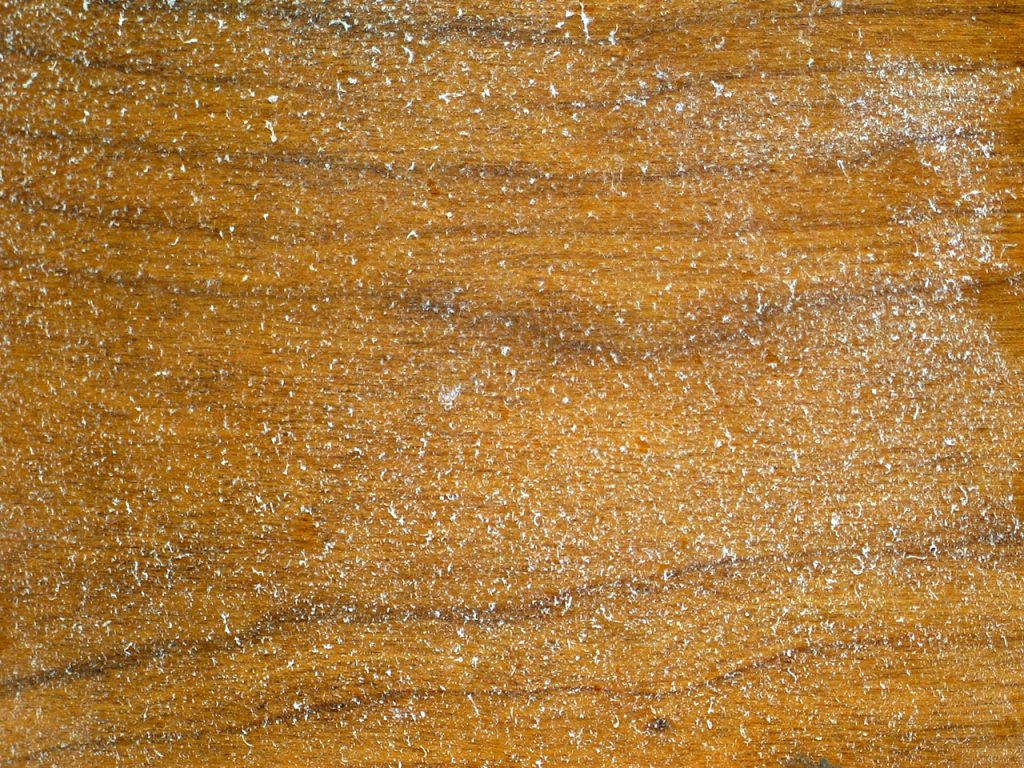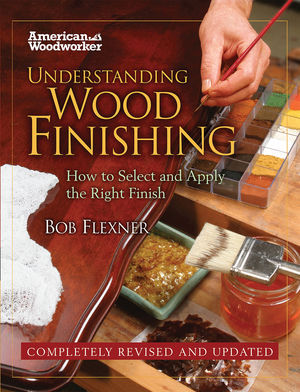We may receive a commission when you use our affiliate links. However, this does not impact our recommendations.

Here’s an especially bad example of cotton blush caused by thinning lacquer with a clean-up thinner.
I got the following question from a reader:
“I’ve used Pactra Aero Gloss paints, sanding sealers, and balsa filler-coat products in my model building hobby for decades. Now that that manufacturer (and subsequently that product) apparently no longer exists, and I’m running out of their brand of thinner, I’m wondering if I can successfully use some other manufacturers’ lacquer thinner to thin the product I still have and for clean up? (Although the product seems to thicken as it sits inside the sealed glass jars, it never seems to fail coming back to life when I add thinner.)
The Pactra label said it contains methyl isobutyl ketone. I notice that lacquer thinners supplied at my local home centers have a different ingredient. What are your thoughts on me using these currently available products as my new source of thinner?”
Here’s my answer:
The short answer is that if you add the thinner and the solution doesn’t separate, curdle or produce a flaw called “cotton blush” when you spray it, the thinner is fine.
The longer answer is that most lacquer thinners are made with up to half-a-dozen solvents that evaporate at different rates. Judging by your area code, this will be the case where you live, just not in areas with strict VOC rules such as California.
Most lacquer thinners contain active solvents, the ones that dissolve lacquer, latent solvents (usually alcohol) that dissolve lacquer in combination with the active solvents, and diluting solvents (usually fast evaporating petroleum distillates such as toluene and xylene), which don’t dissolve lacquer but reduce the cost.
Active solvents include ketones (of which methyl isobutyl ketone is one), esters and glycol ethers. All of these dissolve lacquer and manufacturers choose among them, usually for cost and evaporation rate. So you could notice a difference in either of these with the new lacquer thinner you buy. But all lacquer thinners should dissolve and thin the coatings you’re using.
The exception is lacquer thinner sold just for clean up. This type doesn’t contain enough active solvent to work well with lacquers, but it is still effective for cleaning. It is cheaper.
In California and other areas with strict VOC laws, manufacturers make their thinners using a high percentage of acetone because acetone is an exempt solvent manufacturers can use all they want. But the problem is that acetone evaporates very rapidly, so very slow solvents have to be added to make the thinner useful. These are usually from the glycol-ether family. The manufacturers will add as much of the slower solvents as they can and still comply with the VOC laws.
For a more thorough explanation of lacquer thinner look at pages 140 and 141 in my second, revised edition of “Understanding Wood Finishing.”
Gain a thorough understanding of wood finishing with Bob Flexner as he guides you through how to select and apply finishes, as well as how and why finishes behave the way they do. Get your copy of Understanding Wood Finishing today.
Here are some supplies and tools we find essential in our everyday work around the shop. We may receive a commission from sales referred by our links; however, we have carefully selected these products for their usefulness and quality.










Thanks for the clarification, Bob. This probably explains why lacquer thinner I’ve purchased in the past couple of year doesn’t seem to smell the same as it used to. I’m in NH, which is not a low-VOC state, but it still seems to have changed. It also doesn’t seem to be as aggressive as it used to be. Could this be due to an increased percentage of lower-cost components? Are there any brands that still maintain their original blend of solvents?